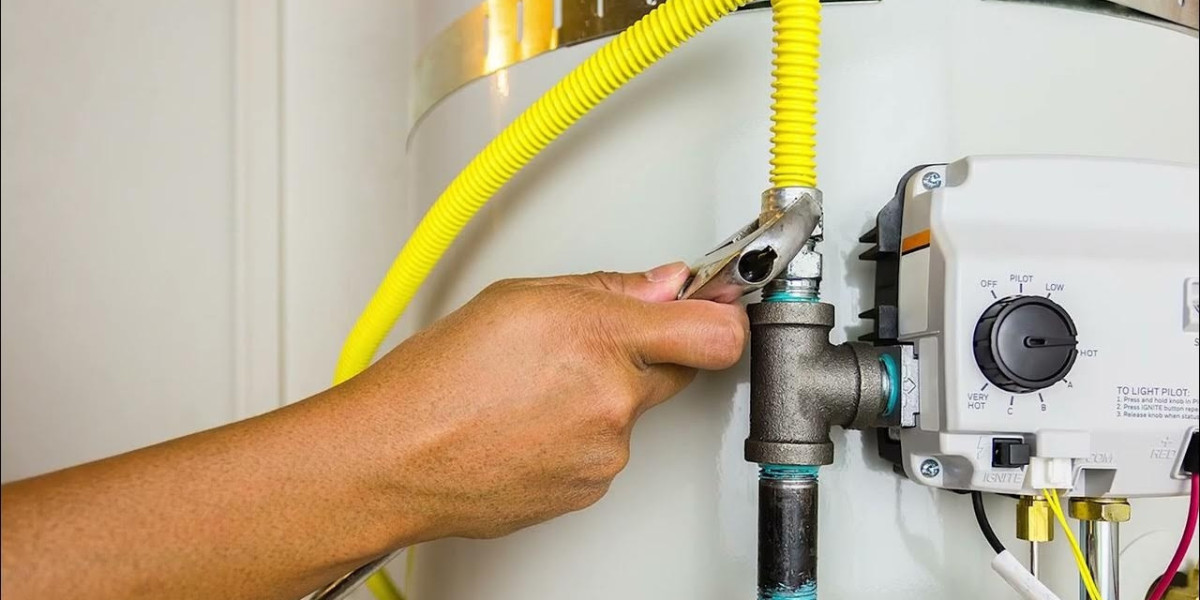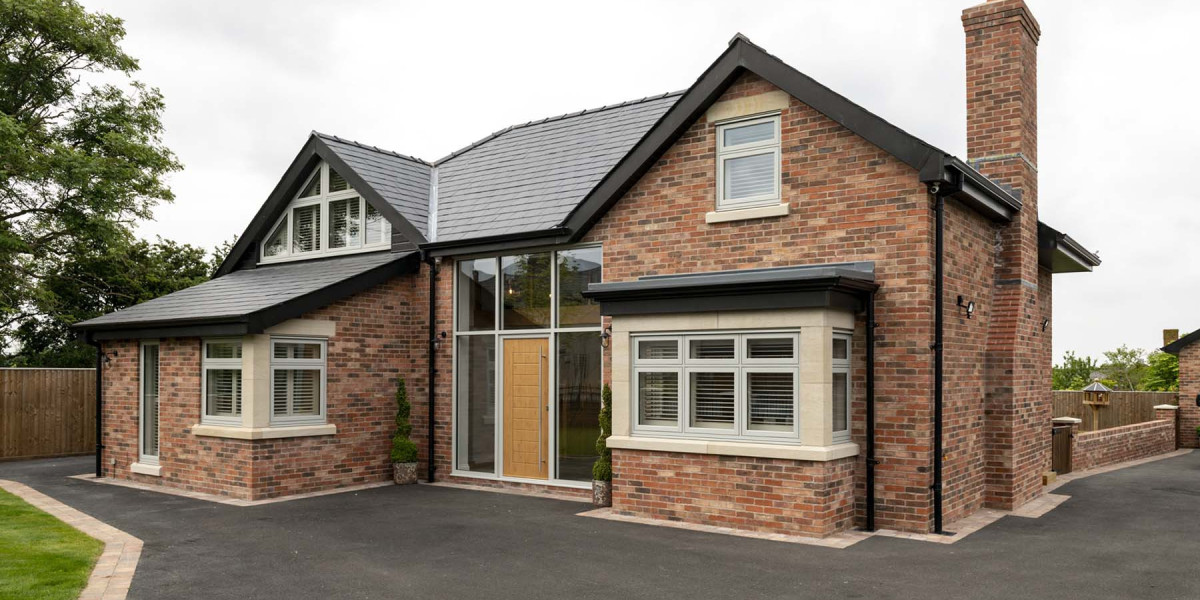Maintaining your heating system and ensuring proper heat pump installation are crucial for keeping your home comfortable and energy-efficient year-round. Whether you're preparing for winter or upgrading your HVAC system, understanding the basics of heater maintenance and heat pump installation can save you money and prevent unexpected breakdowns.
The Importance of Regular Heater Maintenance
A well-maintained heater operates more efficiently, reduces energy bills, and extends the lifespan of your system. Here are some key maintenance tasks to keep your heater running smoothly:
1. Replace or Clean Air Filters
Dirty filters restrict airflow, forcing your heater to work harder. Replace disposable filters every 1-3 months, or clean reusable ones regularly.
2. Inspect Thermostat Settings
Ensure your thermostat is functioning correctly and consider upgrading to a programmable or smart thermostat for better energy management.
3. Check for Leaks and Strange Noises
Unusual sounds (like banging or whistling) or a gas smell could indicate a problem. If you suspect a gas leak, turn off the heater and call a professional immediately.
4. Schedule Professional Tune-Ups
An HVAC technician can inspect electrical connections, lubricate moving parts, and test system performance to prevent costly repairs later.
Heat Pump Installation: What You Need to Know
Heat pumps are an energy-efficient alternative to traditional furnaces, providing both heating and cooling. Proper installation is key to maximizing efficiency and performance.
1. Choosing the Right Heat Pump
Air-source heat pumps are common and work well in moderate climates.
Ground-source (geothermal) heat pumps are more efficient but require more installation space.
Consider the SEER (Seasonal Energy Efficiency Ratio) and HSPF (Heating Seasonal Performance Factor) ratings for energy savings.
2. Professional Installation Matters
Improper installation can lead to poor performance and higher energy costs. A qualified HVAC technician will:
Assess your home’s heating and cooling needs.
Ensure proper sizing to avoid overworking the system.
Install refrigerant lines, ductwork, and electrical connections correctly.
3. Post-Installation Maintenance
After installation, maintain your heat pump by:
Keeping outdoor units free of debris.
Scheduling annual professional inspections.
Checking refrigerant levels and airflow.
Conclusion
Regular heater maintenance ensures your system runs efficiently, while proper heat pump installation maximizes comfort and energy savings. Whether you're servicing an existing heater or installing a new heat pump, professional assistance can make all the difference. Stay proactive with HVAC care to enjoy a cozy, cost-effective home all year long.
Would you like help finding a trusted HVAC technician in your area? Let us know in the comments!








